Why the ’20s Will Be the Best Decade for Mobile
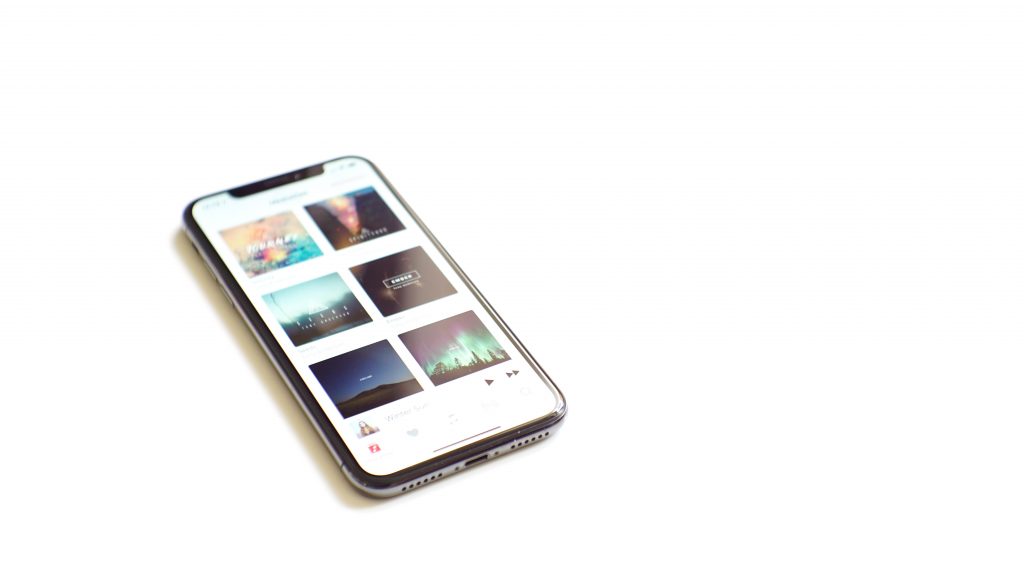
Believe it or not, the term “wireless phone” was considered old fashioned as far back as the 1920s. Magazines such as “Radio Broadcast” had multiple references for “wireless phone” long before the ‘20s.
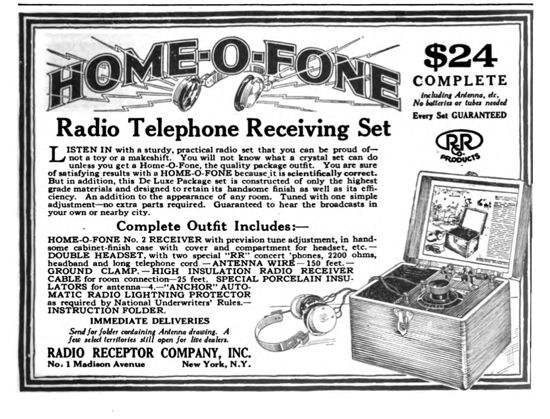
The 1922 “Home-O-Fone”
Wireless phones that used radio technologies were all the rave back then. The fact that you could chime in and listen to the radio with no extra cables meant that you could listen anywhere you wanted to. A big engineering milestone, to be certain.
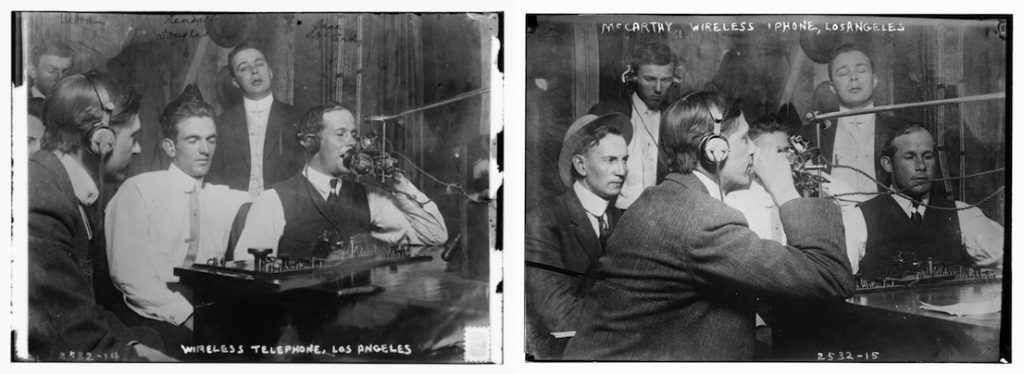
Primitive iteration of the “wireless phone”, a huge technological feat
Fast forward to today, and we find ourselves back in the ‘20s, only a century apart. Hopefully, the ‘20s of 2000 will see the same economic and prosperity spurt as the Roaring Twenties did.
Mobile technology vastly improved even as comparably back as 10 years ago, and immeasurably in the span of a hundred years (the following paragraph is an excerpt from our book):
With the unveiling of the Apple iPhone in January 2007, a new computing milestone has been achieved. Steve Jobs militated for the development of native applications on the iPhone. With the release of the App Store (July 2008), the tech visionary also announced an SDK for third-party developers to use in their development:
Let me just say it: We want native third-party applications on the iPhone, and we plan to have an SDK in developers’ hands in February. We are excited about creating a vibrant third-party developer community around the iPhone and enabling hundreds of new applications for our users. With our revolutionary multi-touch interface, powerful hardware and advanced software architecture, we believe we have created the best mobile platform ever for developers.
Today, the “wireless phone” is an integrated part of our day-to-day lives. In research done by the Pew Research Center, Americans of all ages are increasingly likely to say they mostly go online using their smartphone.
Multiple factors are responsible for the increasing use of smartphones, such as lower prices, higher mobility, and better data plans. Any way you put it, more and more people are using mobile devices for any internet-related endeavor.
A major factor for this has been the rise of better and better mobile software applications, developed by mobile development agencies such as Mobiversal.
In 9+ years of developing successful mobile apps (and a book released on the topic), we can humbly say that we played some part in the rising quality of mobile software and in the overall adoption of mobile devices.
Even though people still like to use desktops or laptops (especially for work), more and more people are starting to figure out that a mobile device suffices for regular use.
Sure, task-intensive work might require a laptop, for better ergonomic and productive purposes, but smartphones provide marginally better value than larger, heavier, devices.
In the same study, the Pew Research Center says that most people who own a smartphone use it more than any other digital device to go online. This is no surprise if we look at the current trends.
Basically, more and more attention is being paid to mobile devices. An example of this is the fact that in 2019, 79% of online customers ordered via mobile, in the US.
Infographic provided by OuterBox
On the hardware side, the release of revolutionary devices such as the Samsung Galaxy Fold brought a breath of fresh air design-wise.
A new challenge for mobile app designers, foldable devices brought another dimension to how we envision and how we’ll use mobile devices going forward.
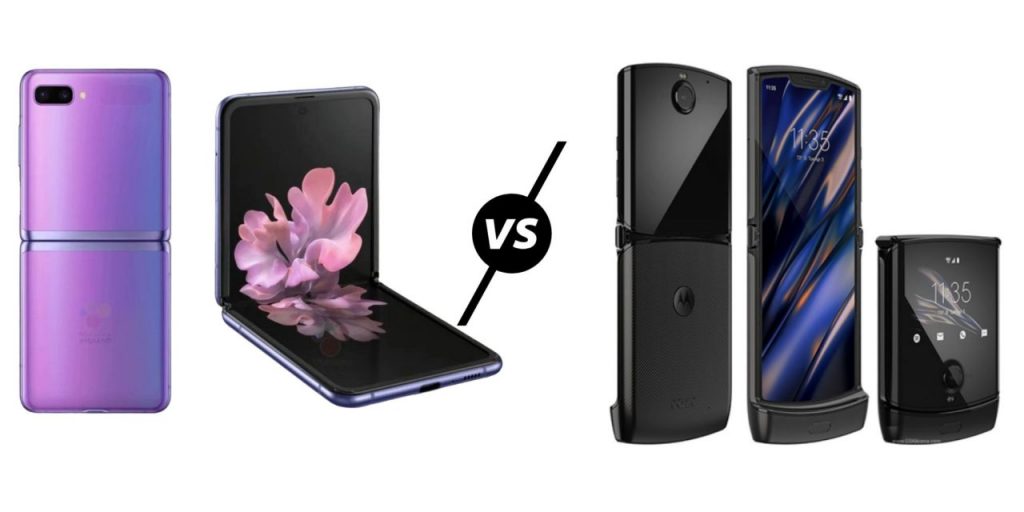
Samsung Galaxy Flip & Motorola Razr – revolutionizing the mobile experience
As the screen-to-body ratio of new phones continues to rise, together with multiple displays and better cameras, we’re slowly starting to tap into devices that could only be found in science fiction, years ago.
On the software side, native mobile development is as strong as ever. Even though cross-platform solutions such as Flutter or React Native might work for less complex business logic if you need to access lower functions closer to hardware (such as various sensors like the gyroscope) and even visual effects, it’s impossible with hybrid apps.
I’m going to leave you with a defining statistic that says that Millenials (93% of those who turn ages 24 to 39 this year) own the highest number of smartphones out of any generation.
Moreover, Millennials make the largest living adult demographic in the US (with the most spread out buying power).
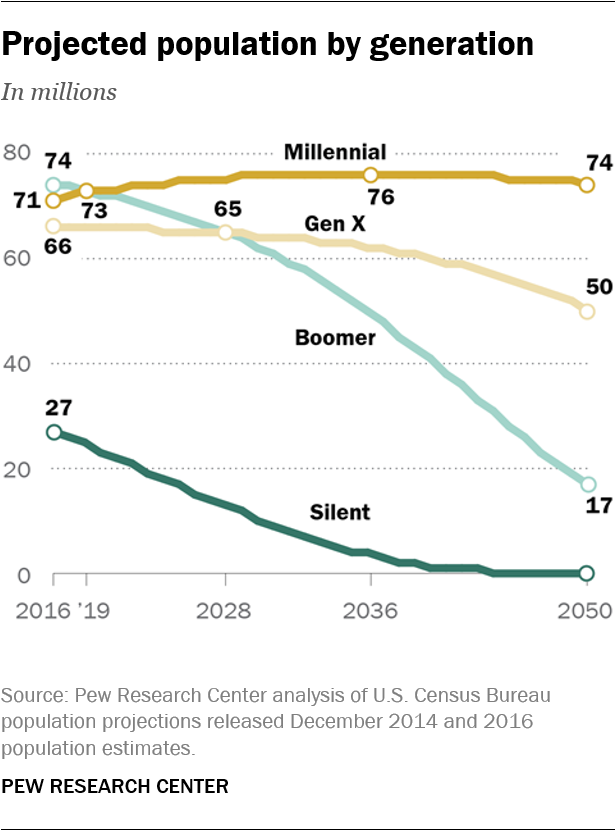
Thus, by association, Millennials are the largest adult demographic, with the highest (and rising) adoption of smartphones. Smartphone use paired together with mobile apps will not go down in the coming future, but it will improve and grow year by year.
These are just some of the reasons why we believe that the ‘20s will be the best decade for mobile yet.
Stay tuned next time for more insights about everything mobile!



